Table of Contents
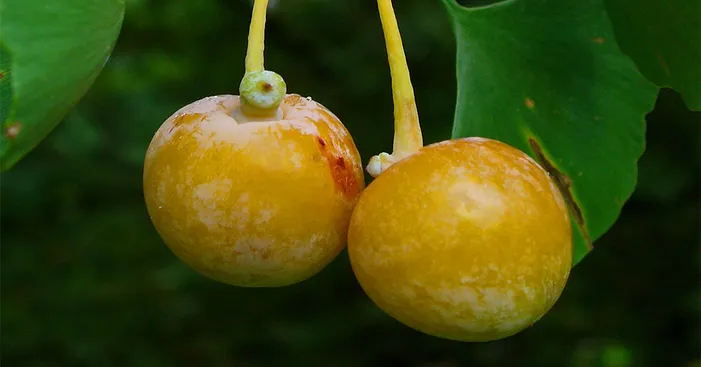
Ginkgo nuts are the edible seeds of the ginkgo biloba tree, a living fossil that has been around for over 200 million years.
Ginkgo nuts have a long history of use in traditional Chinese medicine and are still widely consumed in Asia for their culinary and medicinal properties.
But what are the benefits of ginkgo nuts, and how can they improve your health and well-being?
In this blog post, we will explore some of the amazing benefits of ginkgo nuts, backed by scientific evidence and ancient wisdom.
General facts about ginkgo nuts:
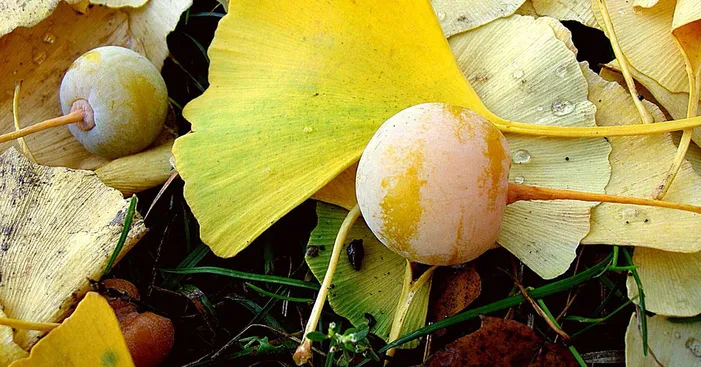
Overview:
Ginkgo is a tree that has been around for millions of years, dating back to the time of the dinosaurs.
It is a “living fossil” because it has survived many changes in the Earth’s climate and environment.
Ginkgo trees arrived in Japan around the Muromachi period, and they have been prized for their beauty and longevity ever since.
The trees are dioecious, meaning that there are separate male and female trees.
Only female trees produce fruit, which is a yellow, fleshy object that emits a distinctive odor.
The yellow fruit is not actually the pulp.
The whole fruit is a seed, and the yellow part is the outer integument.
The kernel, or core, of the seed, is the edible part.
Ginnan, as the kernel is called in Japanese, has a nutty flavor and is often used in desserts, soups, and other dishes.
It is also a good source of protein and fiber.
If you are lucky enough to live near a ginkgo tree, be sure to try some ginnan.
It is a delicious and nutritious way to enjoy this ancient tree.
Difference between ginkgo nuts and peanuts:
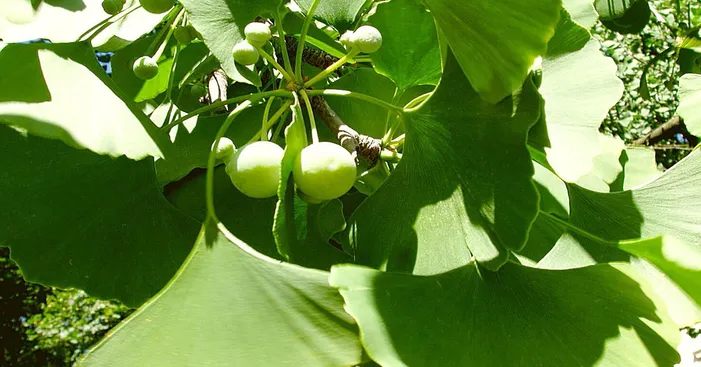
Ginkgo nuts are a delicious and nutritious snack that can be baked or fried.
They are a member of the Ginkgoales family, while peanuts are legumes.
Peanuts are often eaten roasted, but for this comparison, they are compared in their boiled state.
Ginkgo nuts contain more potassium, pantothenic acid, and vitamin C than edamame and peanuts.
They also contain selenium, chromium, and biotin, which are not found in edamame or peanuts.
Overall, ginkgo nuts are a nutrient-rich snack that can be enjoyed as part of a healthy diet.
They are a good source of potassium, pantothenic acid, vitamin C, and other important nutrients.
Ginkgo nuts health benefits:
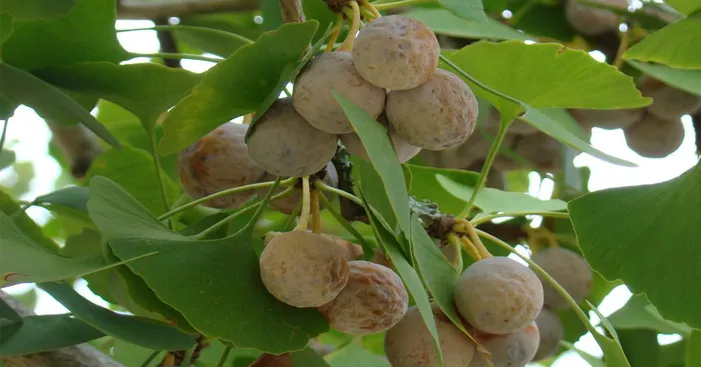
Rich in vitamins:
Gingko is a tree that is known for its nutritious nuts.
These nuts are so nutritious that they are sometimes called “vital food.”
But what other nutrients and benefits does ginkgo have?
Ginkgo is rich in vitamins, including vitamins A, B, and C. In particular, it is a good source of beta-carotene, which is a precursor to vitamin A.
Beta-carotene has powerful antioxidant properties that can help protect the body against damage from free radicals.
Free radicals are unstable molecules that can damage cells and lead to a variety of health problems, including aging, cancer, and heart disease.
One cup of ginkgo nuts provides about 100% of the recommended daily intake (RDI) of vitamin A.
Vitamin A is essential for vision, growth, and reproduction.
It also helps to protect the skin from damage from the sun.
Gingko nuts also contain small amounts of other vitamins, including vitamin C, vitamin B1, and vitamin B2.
Vitamin C is an antioxidant that helps to boost the immune system.
Vitamin B1 helps to convert food into energy, and vitamin B2 helps to maintain healthy skin, hair, and nails.
Rich in potassium:
Gingko is also a good source of potassium, which is an important mineral for the body.
Potassium helps regulate blood pressure, heart rate, and fluid balance.
It can also help prevent muscle cramps and fatigue.
One cup of ginkgo nuts provides about 15% of the RDI of potassium.
Potassium is essential for the proper functioning of the nervous system and muscles.
It also helps to regulate blood sugar levels.
Flavonoids:
Gingko contains over 30 types of flavonoids, which are plant compounds with antioxidant properties.
Flavonoids can help protect the body against damage from free radicals and may also have anti-inflammatory and anti-allergic effects.
The flavonoids in ginkgo are thought to be responsible for many of its health benefits, including its ability to improve cognitive function, memory, and circulation.
Other benefits:
In addition to its nutritional benefits, ginkgo has been shown to have several other health benefits.
For example, it may help improve cognitive function, memory, and circulation.
It may also help reduce the risk of dementia and Alzheimer’s disease.
Ginkgo has also been shown to be effective in treating a variety of other conditions, including tinnitus, vertigo, and intermittent claudication.
Precautions before you consume ginkgo nuts:

Ginkgo is a nutritious food, but it can be poisonous if eaten in large quantities, especially by children.
Ginkgo contains a substance called 4-O-methyl pyridoxine, which is similar to vitamin B6.
This substance can interfere with the absorption of vitamin B6, which can lead to a deficiency of pyridoxal phosphate, a coenzyme form of vitamin B6.
Pyridoxal phosphate is essential for the production of the inhibitory neurotransmitter γ-aminobutyric acid (GABA). GABA helps to regulate the activity of the nervous system.
If there is a deficiency of pyridoxal phosphate, the level of GABA in the brain can decrease, which can lead to abnormal excitation of the nervous system.
This can manifest as symptoms such as convulsions, nausea, and in severe cases, death.
In adults, the liver has an enzyme that can detoxify 4-O-methylpyridoxine.
However, children do not have as much of this enzyme, so they are more susceptible to poisoning.
Even a small amount of ginkgo can be toxic to children.
If you think that your child has eaten too much ginkgo, it is important to seek medical attention immediately.
The doctor will be able to give your child vitamin B6, which will help to improve their symptoms.
Using ginkgo nuts:
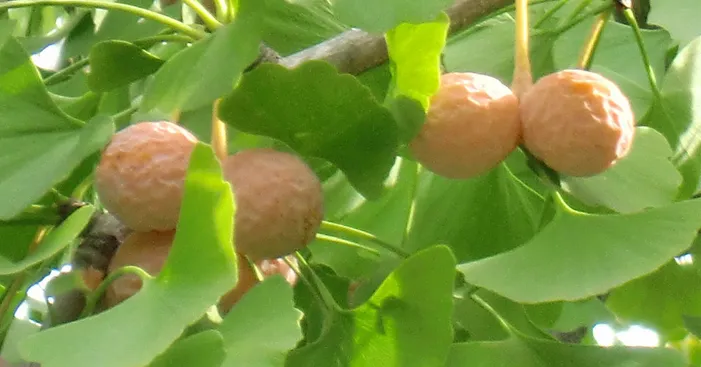
Sauteed Chinese chicken with ginkgo nuts:
Ingredients:
- 1 (250g) chicken thigh
- 10 ginkgo nuts
- 1/2 onion, diced
- 2 bell peppers, diced
- 1/2 tablespoon salad oil
- 1 tablespoon sake
- 1 teaspoon sugar
- 1 tablespoon oyster sauce
- 1/2 tablespoon soy sauce
Preparation:
- Peel the ginkgo nuts. Bring a pot of water to a boil, add a pinch of salt, and cook the ginkgo nuts for 2-3 minutes, stirring constantly. Drain and rinse with cold water.
- Dice the onion and bell peppers. Cut the chicken into bite-sized pieces.
- Heat the salad oil in a frying pan over medium heat.
- Add the chicken and cook until browned on all sides.
- Now, add the onion and cook until softened.
- Add the bell peppers, ginkgo nuts, sake, sugar, oyster sauce, and soy sauce.
- Cook until the vegetables are tender and the sauce has thickened.
Tofu with ginkgo:
Ingredients:
- 1 block (300g) cotton tofu
- 10 ginkgo nuts
- 6 shrimp, peeled and deveined
- 1/2 bunch clover, leaves chopped
- 200ml water
- Pinch of dashi granules
- 1 tablespoon sake
- 1 tablespoon mirin
- 1/3 teaspoon salt
- 1 teaspoon soy sauce
- 1 teaspoon water-soluble potato starch
Preparation:
- Shell the ginkgo nuts.
Bring a saucepan of water to a boil, add a pinch of salt, and cook the ginkgo nuts for 2-3 minutes, stirring occasionally.
Drain and rinse with cold water, then peel the nuts. - Cut the clover leaves into 2cm pieces.
- In a saucepan, combine the dashi ingredients and bring to a boil.
- Add the cotton tofu and crumble it with your fingers.
- Reduce heat to medium and simmer for 3-4 minutes, or until the tofu is heated through.
- Add the ginkgo nuts and shrimp to the saucepan and cook for 1-2 minutes, or until the shrimp are pink.
- In a small bowl, whisk together the potato starch and water until smooth.
- Add the slurry to the saucepan and cook for 1 minute, or until the sauce has thickened.
- Remove from heat and stir in the clover leaves. Serve immediately.
Choosing ginkgo nuts:
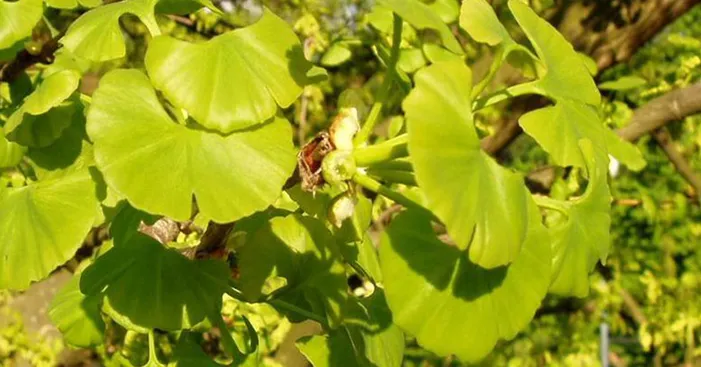
When choosing ginnan, there are a few things to keep in mind.
First, look for a large, shiny, white surface.
This indicates that the ginnan is fresh and has not been sitting on the shelf for too long.
Second, shake the ginnan.
If it doesn’t make a sound, it’s likely full of fruit.
Ginnan with a lot of fruit tend to be heavier and makes a noise when shaken.
Finally, check the ginnan for any signs of damage.
If the ginnan is cracked or bruised, it’s best to avoid it.
Storing ginkgo nuts:
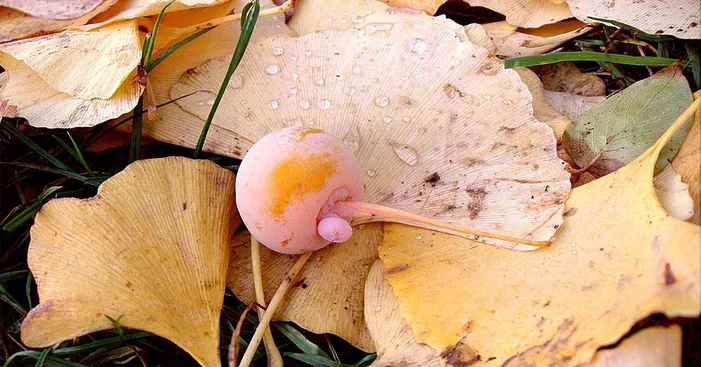
Room temperature storage:
Ginkgo nuts can be stored at room temperature for about 1 week in a well-ventilated area during the cool autumn season.
The nuts will gradually fade and turn yellow over time, so it is best to eat them as soon as possible.
Refrigerator storage:
To store ginkgo nuts in the refrigerator, place them in a paper bag with the shell on, or wrap them in newspaper and place them in a plastic bag.
They will keep for about 2 weeks in the refrigerator.
Freezer storage:
For longer storage, you can freeze ginkgo nuts.
After removing the shell, pretreat the nuts by boiling them with salt.
Then, wrap each serving in plastic wrap and place it in a freezer bag.
The nuts will keep for about 1 month in the freezer.
They can be used for sautéing or steaming without thawing.
